Quartzite problem: it looks like the veins are 'smudged' HELP
Pippin
9 years ago
Featured Answer
Sort by:Oldest
Comments (43)
lmgch
9 years agoPippin
9 years agoRelated Discussions
Help!! Looking for the "perfect" white quartzite or granite
Comments (8)neroselover...yes, that macaubus is definitely a contender! Peke...that site has some BEAUTIFUL stones!! I found several I like. However, I do not live near any (I live in Michigan). It does give me some sort of reference though so I can search for some of those stones around where I live. breezygirl...how do you like your carrara? I'm too afraid that marble would end up ruined in my house, but I definitely LOVE many of the marbles! I agree about the bianco Antico...I had originally considered a bianco romano that I saw several months ago...but since then I haven't seen any slabs of that that I like. I prefer a softer veiny look. Thanks for all of your suggestions:)...See MoreROSE HELP - Curled Leaves, Burned Shoots, Dark Veins
Comments (23)Dizzy, it was definitely thrips. The horrible thing is they come back! My roses are now on a spraying schedule. I switch back and forth from an organic spray with spinosad as the main ingredient, and the Bayer Advanced Systemic(not the one with fertilizer that you water in the ground). I don't want them getting immune to them, so i alternate. Once you see damage, it's really too late for that shoot. You won't be able to recover the leaves, buds, or new shoots. The thrips suck the sap and juices from the base of the leaves, shoots, and buds causing deformity and stunted growth. Flowers won't bloom, or will bloom with microscopic petals. If i see damage, I immediately start the spraying routine: Thoroughly water all your rose plants deeply in the morning. In the afternoon, i remove all damaged leaves, shoots, and buds. finally, in the early evening i start the spraying. You don't want to spray the plants when the scorching afternoon sun is out. drench all healthy shoots, and make sure the spray gets in the base of every leaf and bud....See MoreCan’t Believe A Granite that looks like Quartzite Taj Mahal
Comments (16)Hi Chispa. That’s what I’m gonna do, test the slab and finalize my choices hopefully next week. Countertop is my last big decision, and I just want this kitchen done. I wish that this White Pearl “granite” slab is indeed a whiter version of Taj Mahal quartzite and not some dolomite or marble or “soft quartzite. “ I don’t even know how I can do the etch test as the salesman said he doesn’t have any small piece for me to take home. I’ll bring a glass tile and try to do a glass test. But the sides of the slab are sealed or wrapped with a hard plastic or resin ?...See MoreLooking for owners of Mercury quartzite and White Pearl quartzite!
Comments (2)Lots of different quartzite experiences out there - Taj Mahal is a popular one right now that seems to wears well. We’ve had Madre Perla for 12+ years and its bulletproof - we did the slab backsplash — i was really trying to limit my materials for a quieter look - you can find lots of examples online if you search. Definitely find the most experienced fabricator you can and select the slabs in person (not from a sample) - there is a lot to know about templating also if you choose a stone with dramatic veining -make sure to do some good research so you’re not surprised - have fun! :)...See MorePippin
9 years agoPippin
9 years agoPippin
9 years agolmgch
9 years agoPippin
9 years agolmgch
9 years agoUser
9 years agolast modified: 9 years agoPippin
9 years agoPippin
9 years agojerzeegirl (FL zone 9B)
9 years agoPippin
9 years agoLavender Lass
9 years agoPippin
9 years agokarin_mt
9 years agoStoneshine
9 years agoPippin
9 years agoPippin
9 years agogranite guru
9 years agoHeidi Adams
9 years agolast modified: 9 years agoPippin
9 years agolast modified: 9 years agoStoneshine
9 years agoHeidi Adams
9 years agolast modified: 9 years agoWalnutCreek Zone 7b/8a
9 years agoStoneshine
9 years agorob_jc4
5 years agopatticam
4 years agoRamsey Garza
3 years agoPippin
3 years agoJoseph Corlett, LLC
3 years agoRamsey Garza
3 years agojtsgiza13
3 years agoKaren Futrell
last yearJoseph Corlett, LLC
last yearDyan Beyer
last month
Related Stories
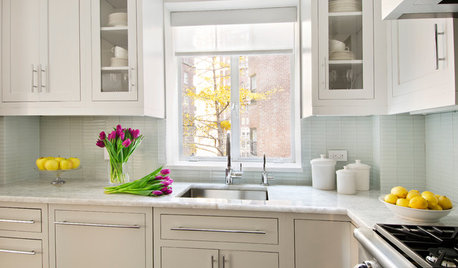
KITCHEN COUNTERTOPSKitchen Counters: Quartzite Offers Strength and Beauty
Eye-catching patterns and a natural pedigree make durable quartzite a popular alternative to granite and marble
Full Story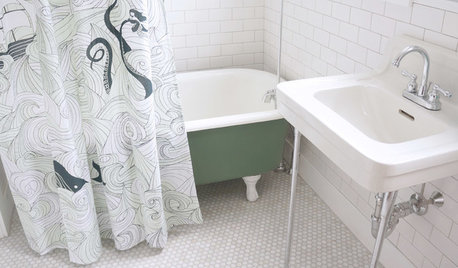
BATHROOM MAKEOVERSRoom of the Day: See the Bathroom That Helped a House Sell in a Day
Sophisticated but sensitive bathroom upgrades help a century-old house move fast on the market
Full Story
HOUSEKEEPINGThree More Magic Words to Help the Housekeeping Get Done
As a follow-up to "How about now?" these three words can help you check more chores off your list
Full Story
COLORPaint-Picking Help and Secrets From a Color Expert
Advice for wall and trim colors, what to always do before committing and the one paint feature you should completely ignore
Full Story
HOUZZ TOURSMy Houzz: Saturated Colors Help a 1920s Fixer-Upper Flourish
Bright paint and cheerful patterns give this Spanish-style Los Angeles home a thriving new personality
Full Story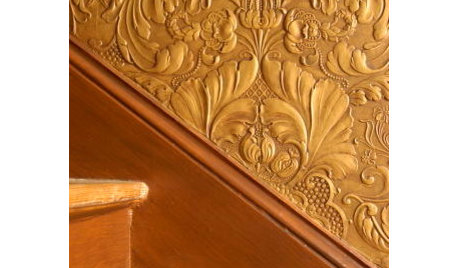
DECORATING GUIDESBrush Up on Paintable Wallpaper for a Posh Look
Customize your wall treatments the affordable way, with richly textured wallpaper painted any color you like
Full Story
GARDENING GUIDESLook Out for Lacewings: Beneficial Insects Coming to a Garden Near You
Lacewings are delicate insects that produce alligator-like, hungry offspring that devour aphids and other garden pests
Full Story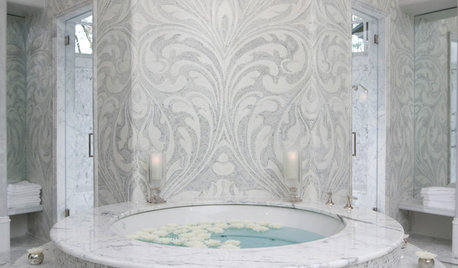
BATHROOM DESIGNPolish Your Bathroom's Look With Wrapped Tile
Corner the market on compliments for your bathroom renovation by paying attention to where the walls meet and the edges round
Full Story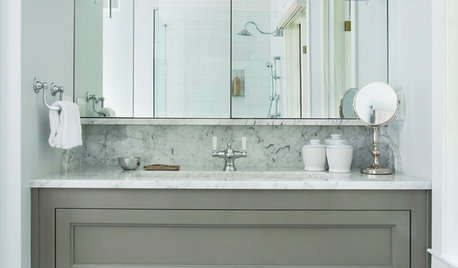
BATHROOM DESIGN4 Secrets to a Luxurious Bathroom Look
Give your bathroom a finished feel with a few splurges and budget-stretching moves
Full Story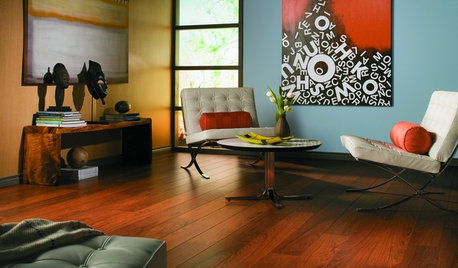
REMODELING GUIDESLaminate Floors: Get the Look of Wood (and More) for Less
See what goes into laminate flooring and why you just might want to choose it
Full Story



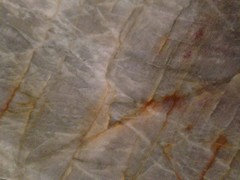









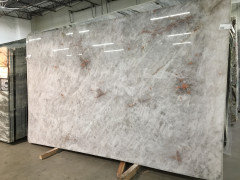
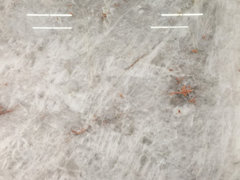




karin_mt